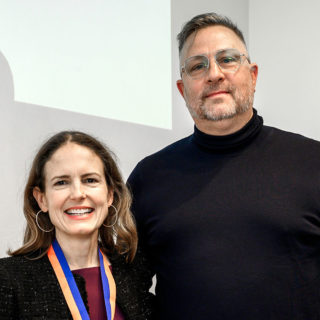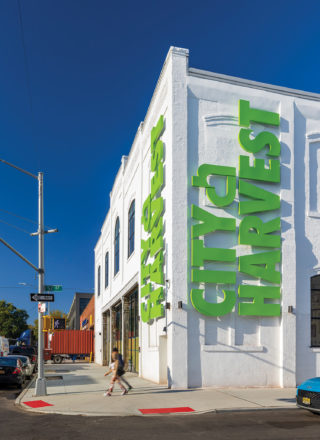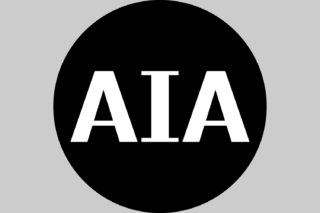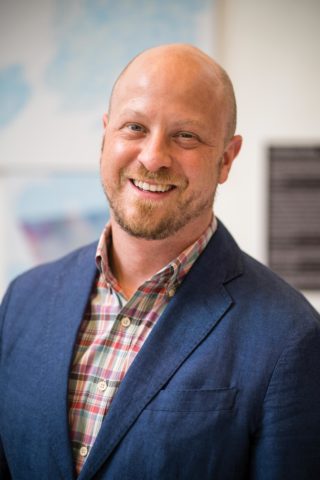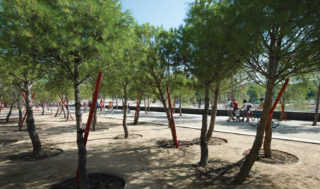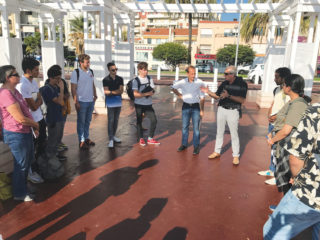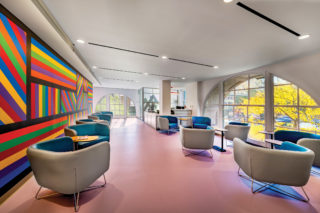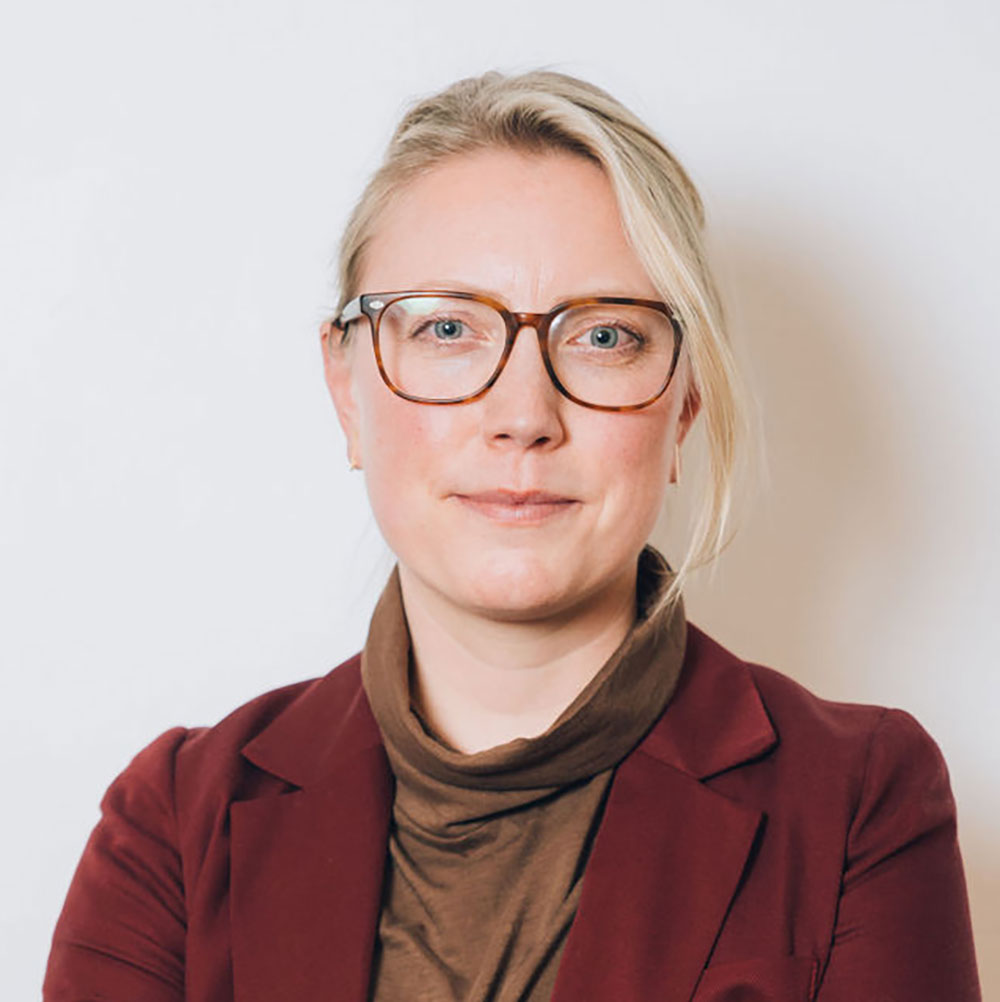
The last time I sat down to write a letter for this page, it was early 2020, and I had recently joined the Oculus team as managing editor. Molly Heintz had been leading the magazine since early 2018 and was taking maternity leave, so I stepped in to discuss the Winter issue’s overarching theme of “Accessibility and the City.” The features we included took a deep-dive into the lives of New Yorkers who experience the physical limitations of the city every day, and architects and city officials collaborating with them to make our home a better place for all to navigate.
With this issue, I am thrilled to step into the role of Oculus editor-in-chief as Molly moves on, bringing her creativity and depth of experience to other work. I thank her for showing all of us the breadth of what these pages can represent for the profession, and I’m pleased to know that this isn’t goodbye; we will still see plenty of her at the Center!
In thinking about this issue’s theme, “Creating Inclusive Spaces,” I remembered that the last time “inclusive” appeared on the magazine’s cover was in 2019. Now, three years later (and seemingly a world apart from that time), anyone who lived or worked in the city through the pandemic has seen accessibility—and, by extension, inclusion—take on new and more urgent meaning. The past three years have put every aspect of our built environments to the test, spotlighting the shining examples and gaping voids in the ability of health-care infrastructure, workplaces, schools, housing, and public spaces to support those who need them most.
With this issue we strive to go beyond bricks and mortar to understand where architecture and urban development fit into the discussion of inclusivity today. But even that term has always had a slightly uncomfortable connotation, one that Stephen Zacks articulates in his piece, “Beyond Accommodation.” As he reflects on an interview with disabled architect and historian David Gissen, author of the new book The Architecture of Disability, Zacks notes, “the seemingly neutral framing of inclusivity may position the already-included as a tacit ‘norm’ and the excluded as an ‘other’ to be paternalistically allowed in.” Throughout the feature, we learn how architects can affect our environments in ways that go beyond structure: by resisting privatization of public space, for example, or by adopting a practice of serving precarious populations rather than guarding against their participation. With our use of the word inclusive in this issue, we hope it is simply a jumping-off point to explore how architects are making more comfortable environments for all of us.
Close to press time, I was again reminded that even longstanding places of inclusion can become precarious. With the announcement of Mayor Eric Adams’s massive proposed budget cuts to libraries in the city, the tens of millions of patrons who count on these institutions each year stand to lose a vital lifeline if staff, hours, and programming are scaled back. Public libraries provide Internet for those who may not have it, tutoring and programs for students, places for parents and caregivers to find community, and crucial resources for newcomers, including English-language instruction. The is news is a reminder that policy is just as important as physical space in creating equitable cities. As city planner and urban designer Michael Austin writes in an op-ed at the end of this issue, architects must engage in equity-focused policies and practices that inform the design outcome.
We at Oculus recognize the work we have to do, too. I look forward to carrying on the magazine’s SAY IT WITH ME(dia) pledge to use this publication as a platform for diverse voices, and plan to share more about our progress toward that goal later in the year.
The start of the year always feels like a time of change, and 2023 proves to be no different. I will miss seeing Ben Prosky’s wise words on the final page of each issue as he also moves on from the Center, but I know his guidance will always be with us. And I am excited to welcome two new names to the masthead: seasoned architecture journalist Laura Raskin is joining us as managing editor, and the multitalented Annemieke Beemster Leverenz is bringing new life to our words as art director. As we’ve tackled this first challenging topic as a team, we thank everyone who has come before us for what they have brought to the publication, and for helping to set our aspirations for future issues. In the spirit of inclusivity, I want to emphasize that these pages are your pages; please don’t hesitate to reach out at the email address below with your ideas!








